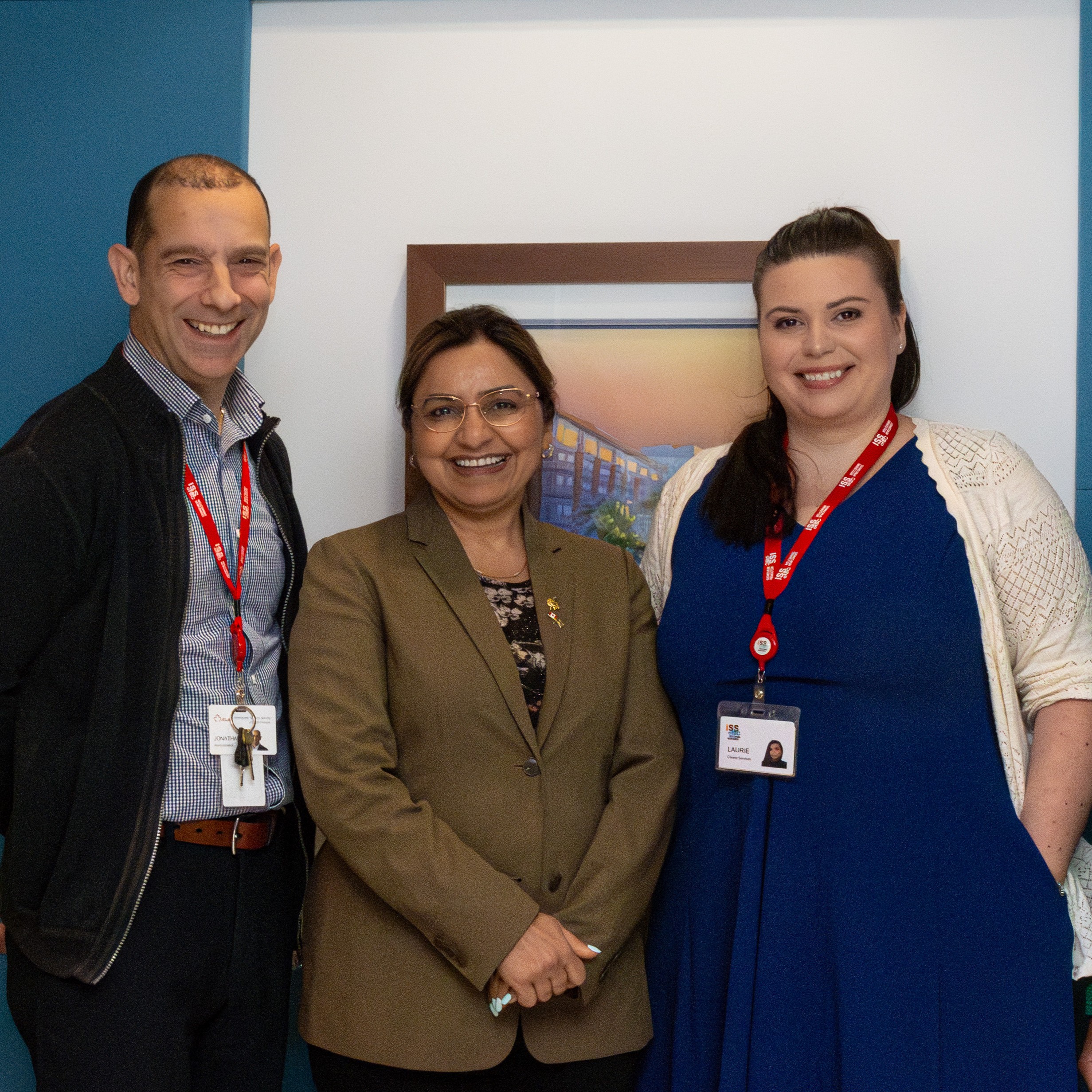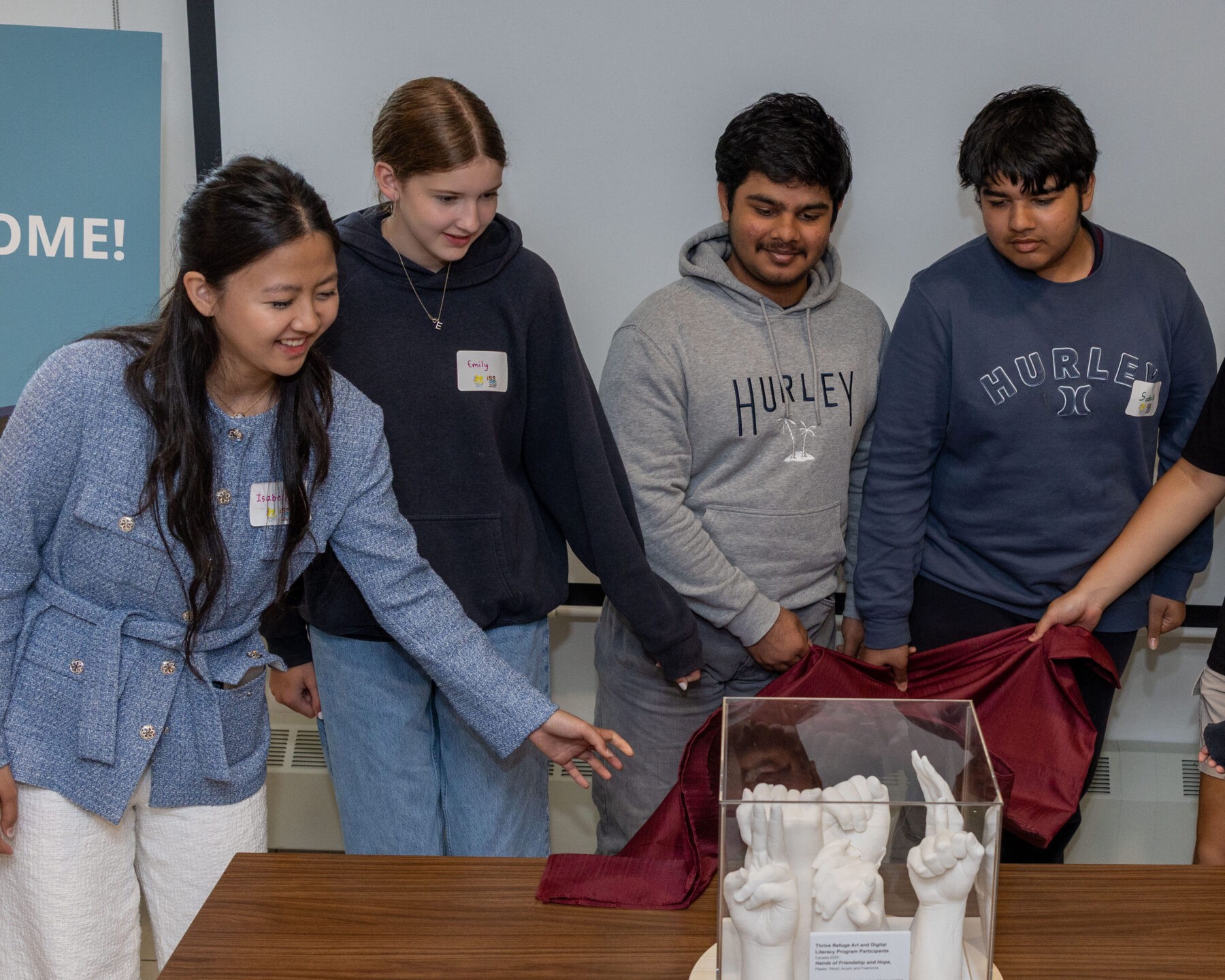For World Refugee Day, BC Refugee Hub hosted Michael Casasola, Senior Resettlement and Complementary Pathways Officer at the UNHCR and Jennifer York, Director of Refugee Services at ISSofBC for an insightful discussion on refugee and refugee claimant arrival statistics and trends from local, national and international perspectives.
The BC Refugee Hub was created to assist staff in the refugee-serving sector in British Columbia to better understand ongoing trends in global and national refugee issues and is managed by Bahar Taheri. The Hub has become an invaluable resource for local and federal governments to understand the dynamics and needs of refugees in British Columbia.
The below article is a summary of their discussion and helps to answer these key questions about today’s global refugee crisis:
- Why do low- to middle-income countries host most refugees?
- What is Canada’s international position and role?
- Where are most refugees coming from today?
- What tangible solutions does the international community have to address the Global Refugee Crisis? Will they work?
Watch the full discussion , or read a summary of what was explored below.
Understanding today’s global refugee crisis
In our ever-evolving world, the plight of refugees remains a pressing humanitarian issue. Recent data reveals that over 120 million people have been displaced globally, with a significant majority hosted by low and middle-income countries.
While countries like Canada occasionally make headlines for their refugee intake, it’s crucial to understand the broader context and the challenges faced by neighbouring countries where most refugees reside.
The outsized role of neighbouring countries in the refugee crisis
70 per cent of the world’s refugees find refuge in countries adjacent to their country of origin. These countries often lack the resources to provide adequate support yet carry a significant portion of the global refugee burden.
For instance, Aruba and Lebanon host refugees that constitute one-fifth and one-sixth of their populations, respectively.
In stark contrast, wealthier nations like Canada, with more substantial resources, host far fewer refugees relative to their population.
Crisis zones: Ukraine and Sudan
The ongoing conflict in Ukraine has resulted in about 9.7 million Ukrainians being forcibly displaced. Despite some returning home, many remain in a state of uncertainty under temporary protection measures in various European Union states.
The situation in Sudan is equally dire, with approximately 8.4 million displaced people as of mid-March.
However, only about 1.7 million have crossed international borders, highlighting the immense internal displacement within the country. The international community’s response has been woefully inadequate, with only about 8 per cent of the identified needs being met, exacerbating the suffering of the displaced population.
Global displacement numbers
Despite the rising number of displaced individuals, the efforts to resettle refugees are lagging. In the past year, resettlement opportunities were found for only 154,000 people (approximately 5 per cent) of the over 30 million refugees under UNHCR’s mandate . This number, although the highest since the Syrian refugee crisis in 2016, still falls drastically short of the growing global needs.
The enduring displacement crisis from the Syrian Conflict
The Syrian conflict, now in its thirteenth year, continues to displace millions. Despite a decline in international interest and support, Syrians remain one of the largest displaced populations. The reluctance of many host countries to continue supporting large-scale resettlement efforts adds to the challenge.
Dangerous journeys
The Central Mediterranean continues to be one of the most perilous routes refugees use, as it sees thousands attempting to cross from Sub-Saharan Africa to Europe.
Tragically, around 1,900 people died attempting to cross the Mediterranean in 2023 alone. Efforts are underway to provide resettlement opportunities earlier in the migration journey to prevent such unnecessary loss of life.
The Darien Gap, a treacherous part of Panama, sees hundreds of thousands of migrants attempting to reach North America from Venezuela.
Safe mobility offices in various Latin American countries aim to provide protection and resettlement opportunities sooner in their journey, reducing the risks associated with such dangerous routes.
The Rohingya and Afghan crises: Seeking solutions
Significant progress has been made with the government of Bangladesh allowing large-scale resettlement of Rohingya refugees.
This initiative aims to provide new opportunities for a population that has faced severe neglect and hardship.
The Afghan crisis continues to demand attention, especially with neighbouring countries like Pakistan and Iran hosting large numbers of Afghan refugees.
Efforts are being made to balance relationships with these host countries to facilitate refugee resettlement.
Canada’s role: Special programs and new initiatives
Canada has been proactive with specific programs aimed at urgent protection and supporting human rights defenders.
These initiatives provide immediate and essential support to some of the most vulnerable populations, including those facing gender-based violence, forced return, or persecution.
The need for broader solutions
Despite notable efforts, the gap between the needs of refugees and the available resettlement opportunities remains vast. The Global Refugee Compact emphasizes the development of complementary pathways such as private sponsorship, scholarships, and labor mobility programs. These initiatives aim to provide additional solutions alongside traditional resettlement programs.
The path forward: A collective responsibility
The road ahead requires a multifaceted approach.
The “Roadmap 2030” strategy underscores three critical goals: increasing resettlement opportunities, developing complementary pathways, and fostering welcoming and inclusive communities.
Public support and international cooperation are essential to ensuring these goals are met and that refugees are given the opportunity to rebuild their lives in safety and dignity.
Conclusion:
The countries least able to bear the burden of refugees are doing the most to care for these displaced populations. It’s time for higher-income countries to step up.
The global refugee crisis demands sustained attention, resources, and innovative solutions.
As the world faces growing displacement challenges, it is our collective responsibility to support and protect those who have been forcibly uprooted from their homes.
However, at this time, the Government of Canada has chosen to reduce the number of Government Assisted Refugees over the next two years from 21,115 GAR target in 2024 to 15,250 for 2025 and 2026.
Only through comprehensive and balanced efforts and global solidarity, can we work towards a future where every refugee finds a place of safety and hope.



